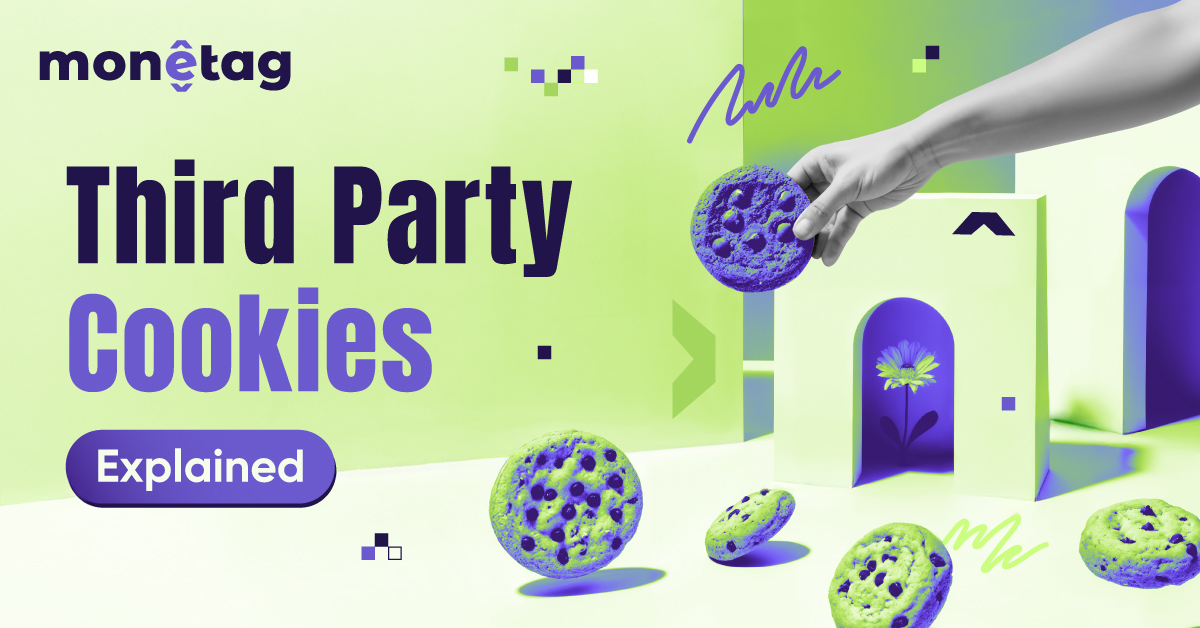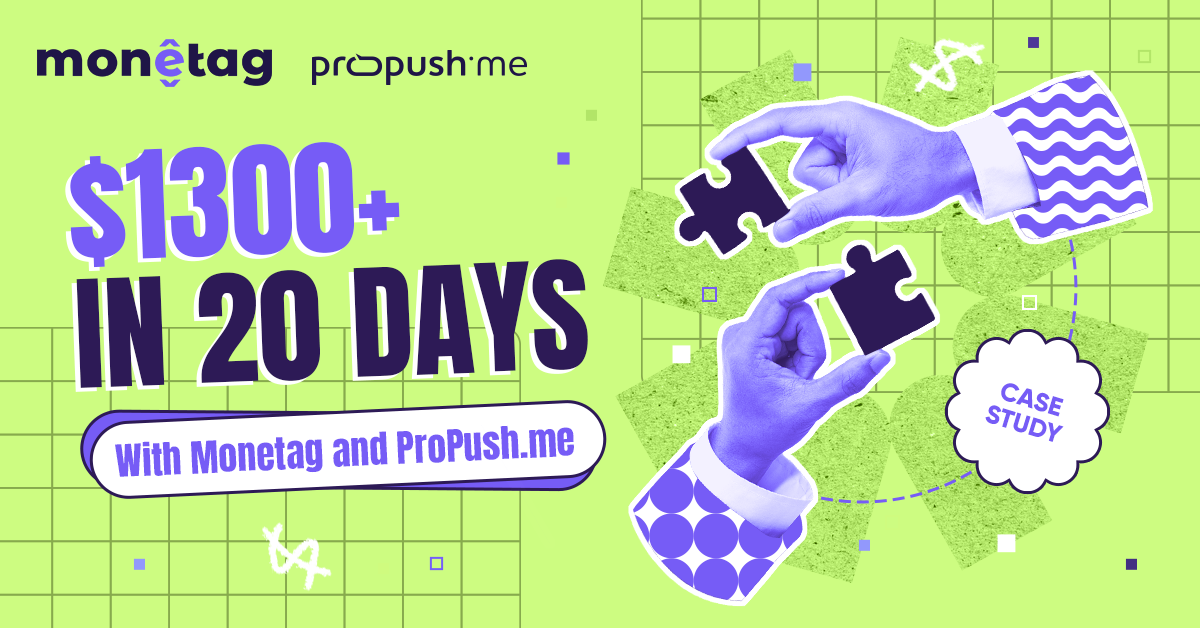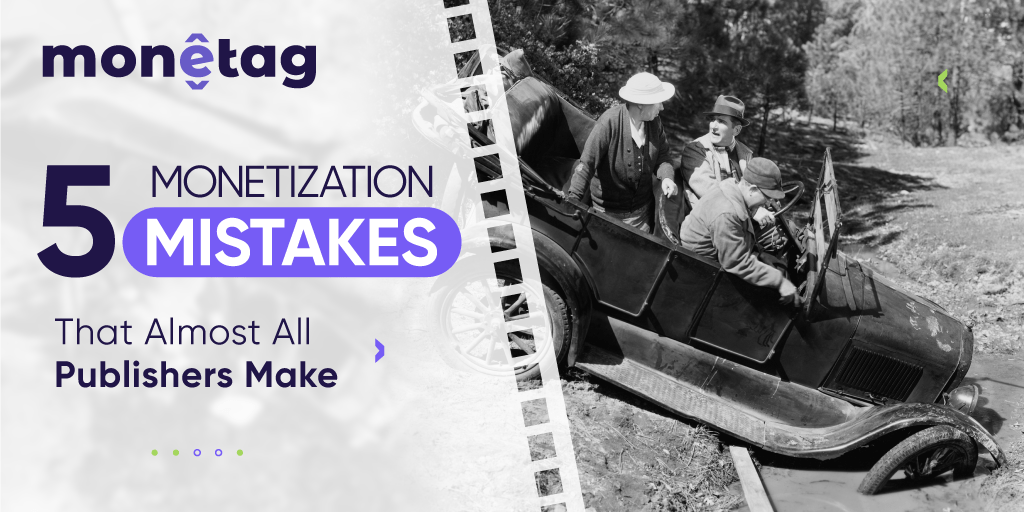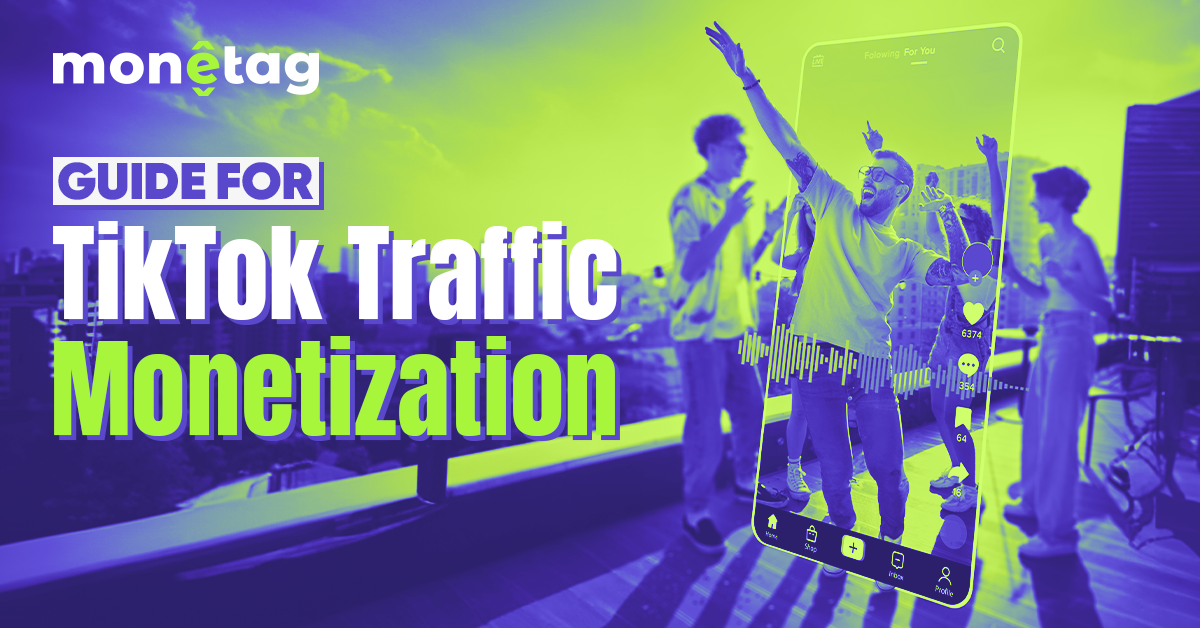Third-Party Cookies: What Publishers Need to Know (And How to Adapt)

Let’s be honest. Most people don’t know what third-party cookies are or how they work. They just click “accept” and move on. But for publishers? Cookies are tied directly to revenue. Especially those small text files that don’t belong to your site but to someone else’s.
That’s the short version of what is third-party cookies. They’re placed on a user’s browser by domains other than the one they’re visiting. These cookies help advertisers follow users around the web. They track behaviors, interests, and patterns. Based on that data, advertisers decide how much they’re willing to pay to show someone an ad.
So if you’re a publisher, third-party cookies help make your impressions more valuable. The more advertisers know about who’s visiting, the higher the CPM. Makes sense, right?
But that setup has been breaking down for a while.
Wait, Isn’t Google Killing Cookies?
You might’ve heard something like that. Google third-party cookies, specifically in Chrome, were supposed to disappear. First in 2022, then in 2024. Now? They’re sticking around — for now. Google scrapped the Privacy Sandbox plan in April 2025. Their idea was to replace cookies with new privacy-focused tech like Topics API. Didn’t work out.
Instead, Chrome users can now manage cookies in their settings. So technically, third-party cookies still exist. They’re just… kind of living on borrowed time.
But don’t get too comfortable. Even with the delay, Safari and Firefox have already blocked them. And Chrome will likely tighten things eventually. So you still need to prepare for a cookieless future.
How Does the End of Third-Party Cookies Affect CPM Rates?
This question’s everywhere. And the answer isn’t as dramatic as people think.
Yes, when cookies disappear, targeting becomes harder. Less data = less precision. That means some advertisers pay less. And sure, publishers have seen lower CPMs on cookieless traffic — especially in Safari or Firefox.
But here’s the thing. The difference isn’t always massive. On average, Safari CPMs are about 30-50% lower than Chrome. That’s not nothing, but it’s not a disaster either. And Chrome isn’t cookieless yet. So most revenue is still tied to cookies. That helps stabilize things.
Plus, the industry has been testing cookieless solutions. And early results? Not terrible. In a 1% Chrome trial without cookies, publishers saw a 1-2% dip overall. Some impressions performed worse (30% CPM drop), but the effect on total revenue was small.
That said, if third-party cookies disappeared completely overnight, CPMs would take a hit. Some models suggest a 25-35% revenue drop without solid alternatives. But that’s if nothing replaced them. And that’s not what’s happening.
So… What Are Third-Party Cookies Alternatives?
Honestly? There isn’t a single replacement. But that’s okay. Most publishers are building a patchwork of new tools and strategies. Here are the big ones:
- First-party data. This is gold now. Anything you collect directly from users (email, login, preferences) is valuable. You control it. You can build segments. You can target based on what you know, not what a cookie guesses.
- Contextual targeting. This one’s having a comeback. It looks at the content of your page instead of the user. If someone’s reading about electric cars, maybe they’ll see an ad for EV chargers. Simple. No tracking needed.
- Universal IDs. These are shared identifiers built from hashed emails or logins. Stuff like Unified ID 2.0, RampID, or ID5. Publishers pass them in bid requests. Buyers can match them with their data. And CPMs can go up.
- Clean rooms. Sounds fancy, but it just means secure data sharing. Advertisers and publishers can compare their user lists without exposing raw info. This lets brands target the right folks while staying privacy-safe.
- Seller-defined audiences. You create audience segments (like “tech enthusiasts” or “sports fans”) based on your first-party data. Then label your inventory so buyers can find those groups. Think of it like tagging your content, but for ad buyers.
None of these fully replaces third-party cookies. But together? They get close.
Note: You may have heard about Google's Privacy Sandbox. That was supposed to be one of the main alternatives to third-party cookies. But as of April 2025, Google scrapped the plan. The APIs, like Topics and FLEDGE, are no longer moving forward.
What Should Publishers Actually Do Now?
You don’t need to overhaul everything overnight. But you do need to act. Here are a few places to start:
- Build your first-party data. Even if logins feel like a stretch, try email capture. Polls. Anything that gives you a better picture of who’s visiting.
- Test ad network partners. See what TMA, Smartlink, and contextual ad networks can do with your content. Some use AI to find nuance and sentiment, not just keywords.
- Add universal ID support. Work with your ad tech stack to pass IDs like UID2 or RampID. You might be surprised at the CPM bump.
- Label your inventory. If you know your audience—sports fans, new moms, crypto nerds—say so. Don’t make buyers guess.
- Watch the data. Keep an eye on how your Safari traffic performs vs. Chrome. That’ll give you clues about where you need to shore things up.
Last Thing
Third-party cookies helped shape online advertising for over two decades. But they’re not the only way to run a successful site. Publishers who adapt, experiment, and build real audience connections can still thrive.
You might lose some precision. But you might also gain something better: trust, control, and a bit more independence from Big Tech.
And hey — that’s not a bad trade.







